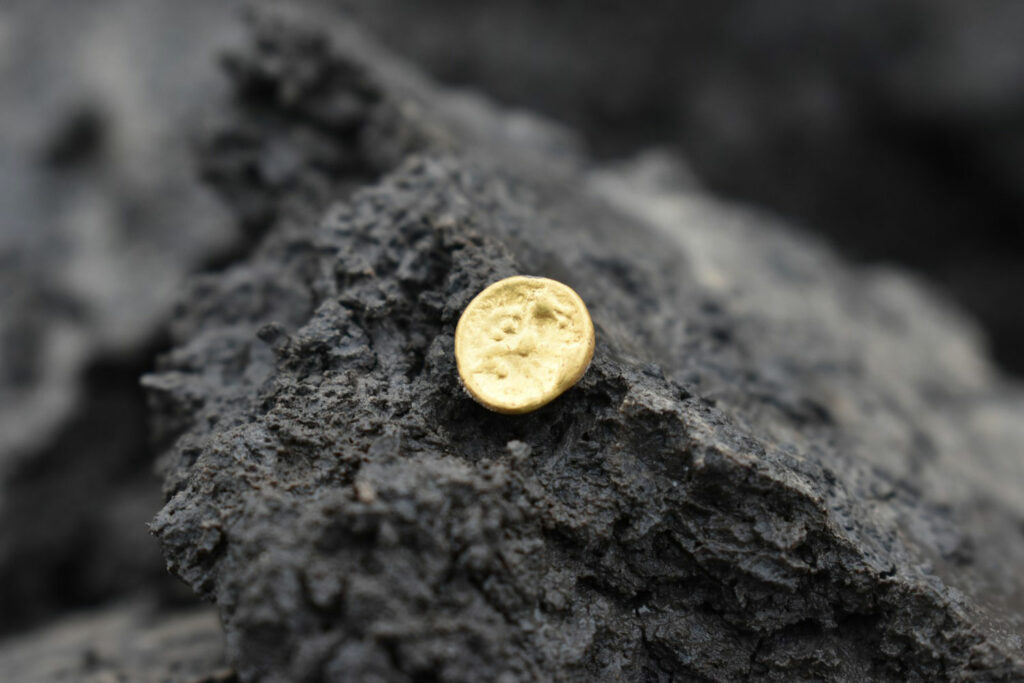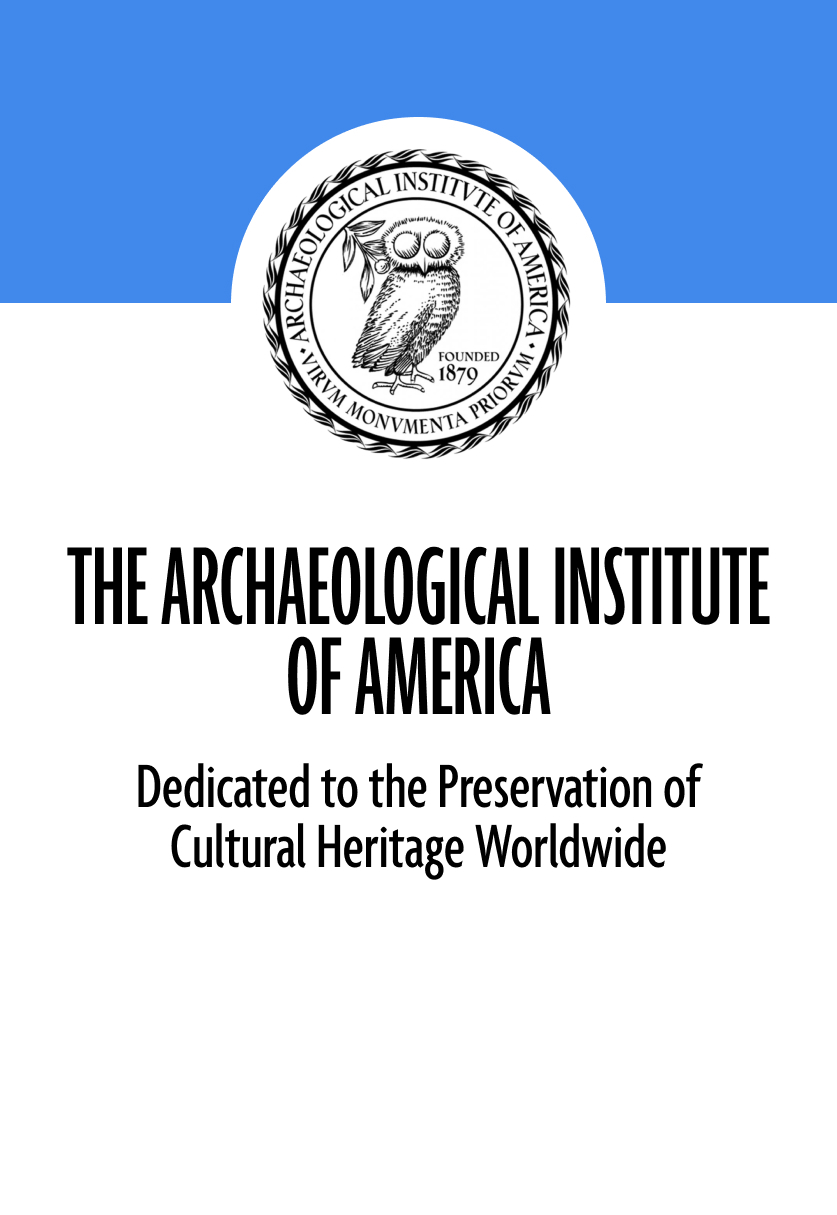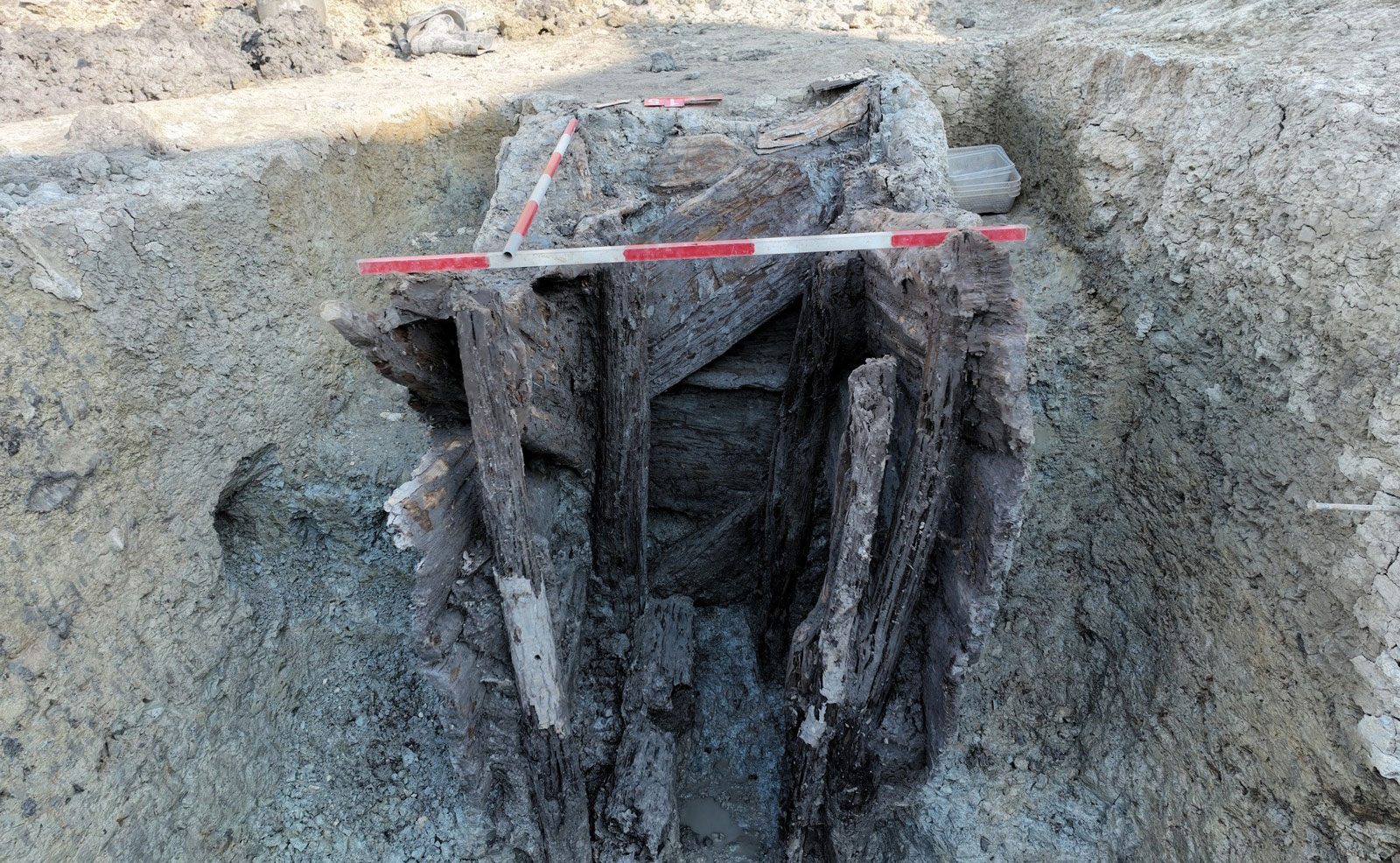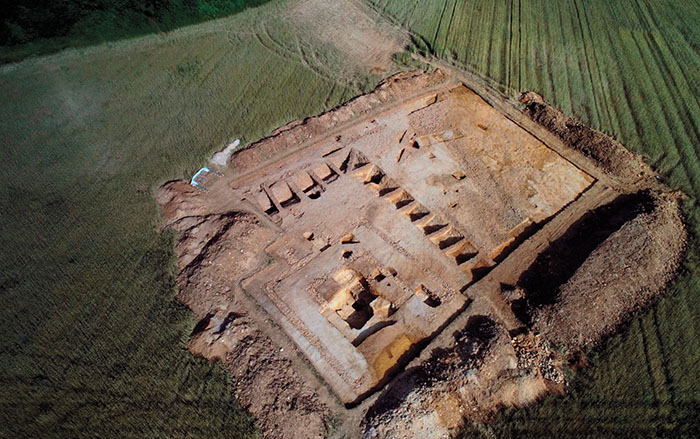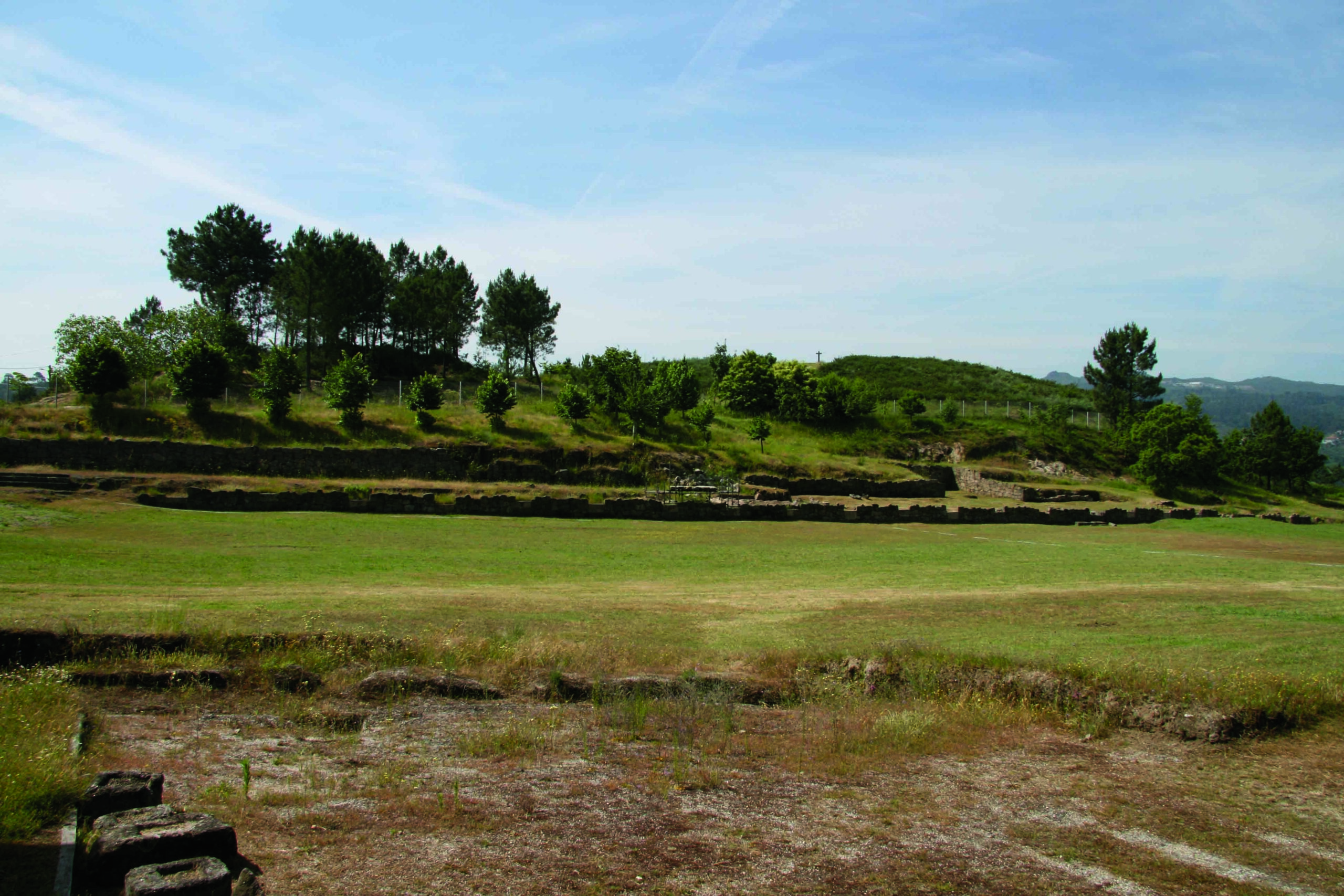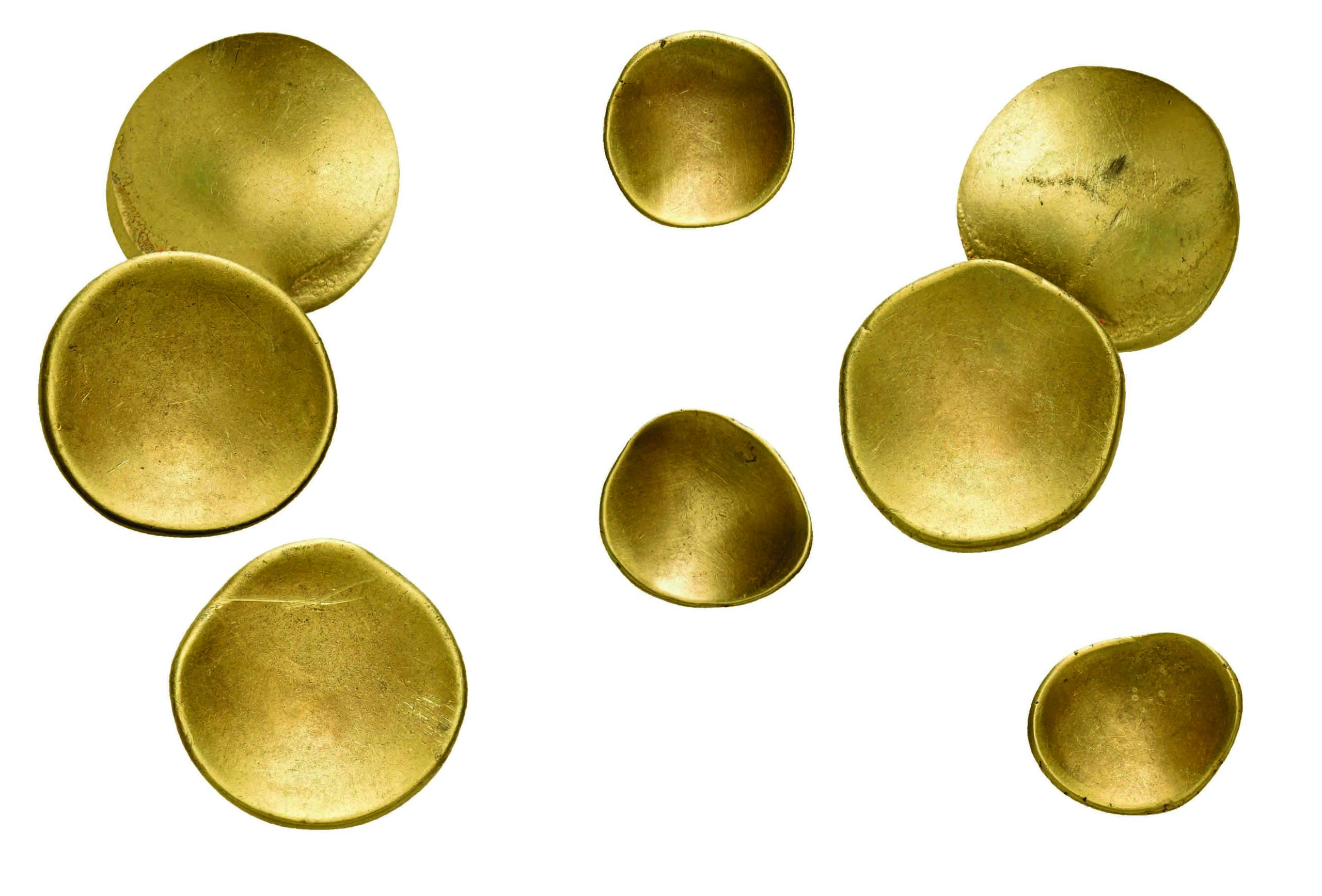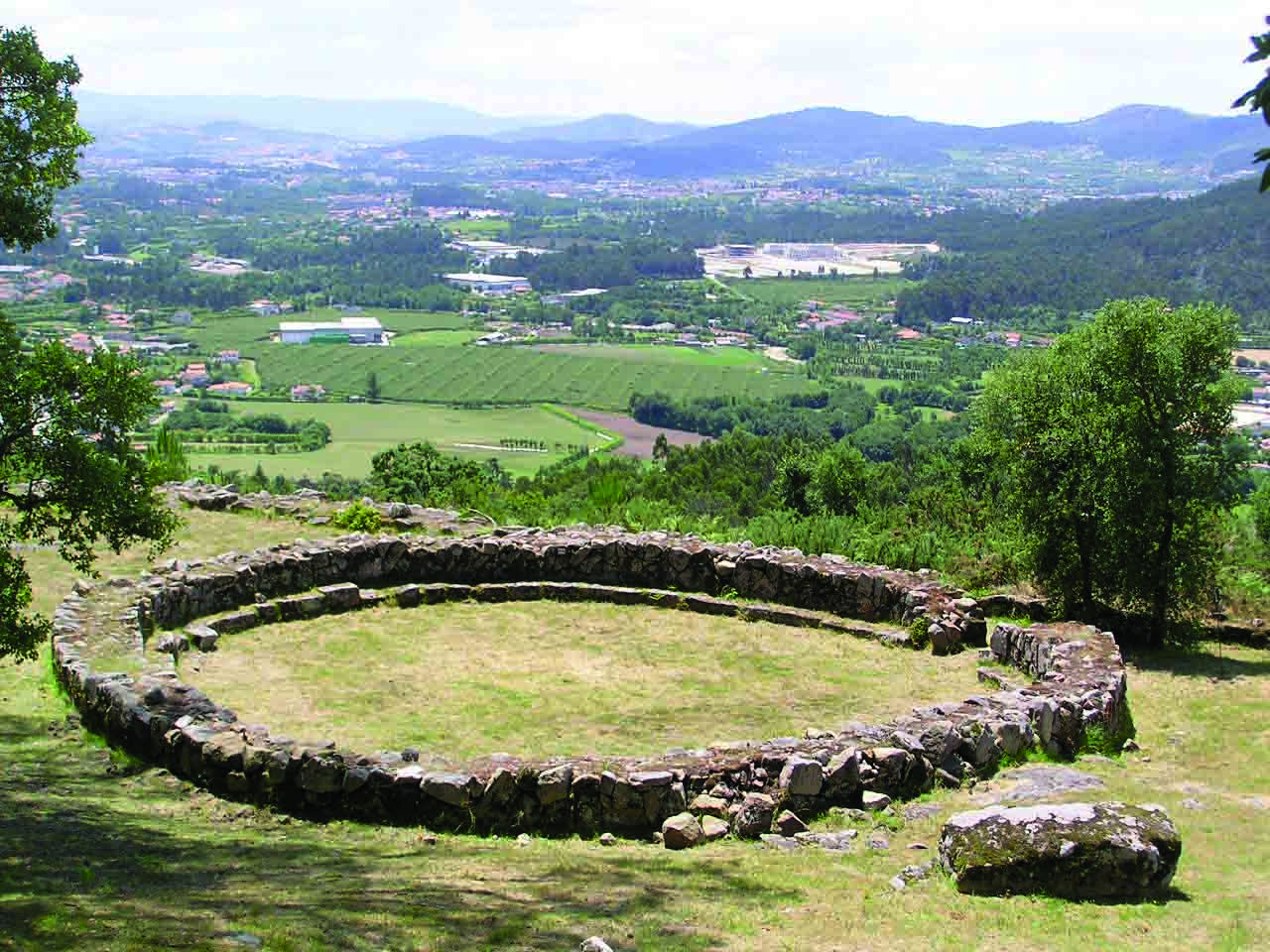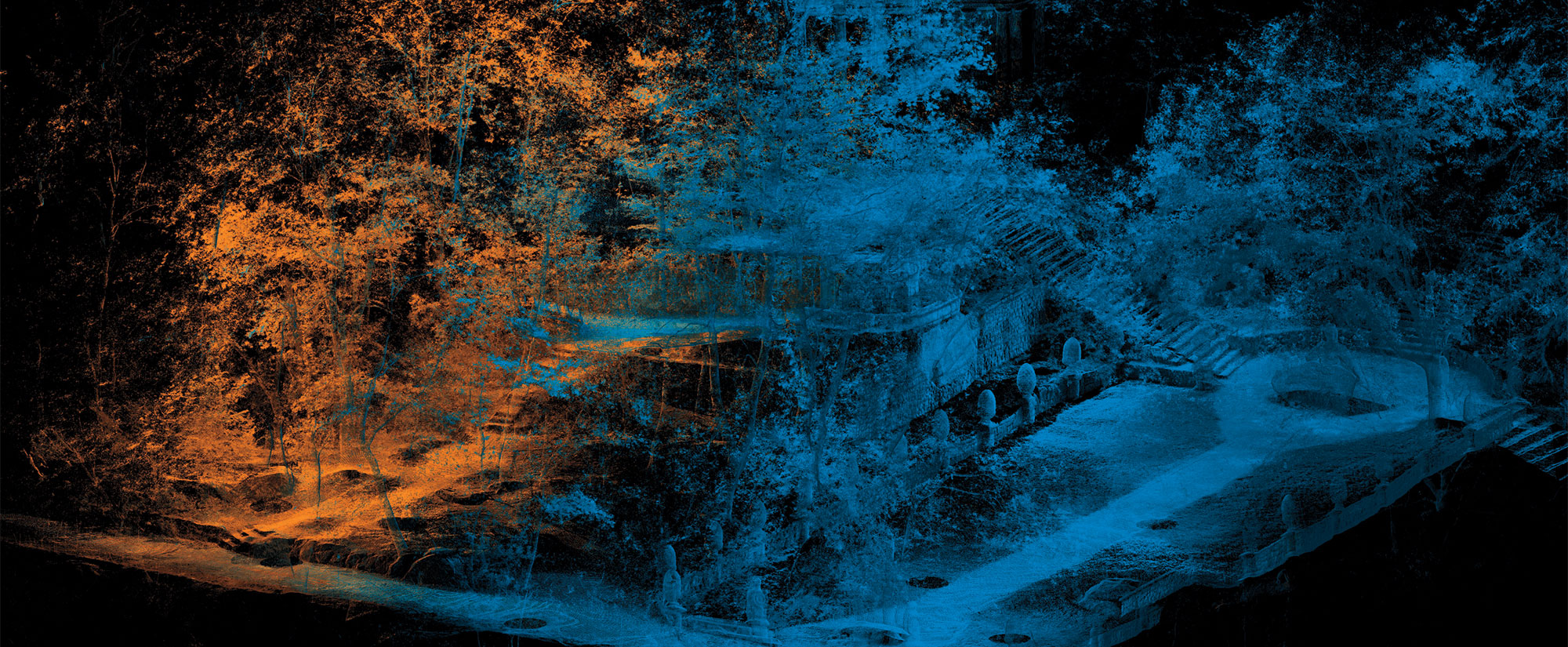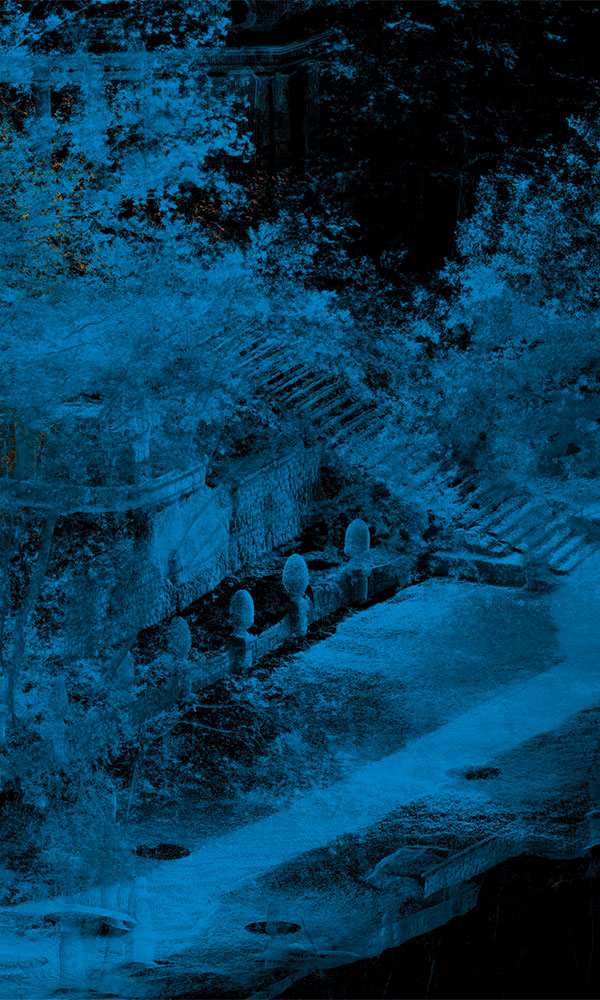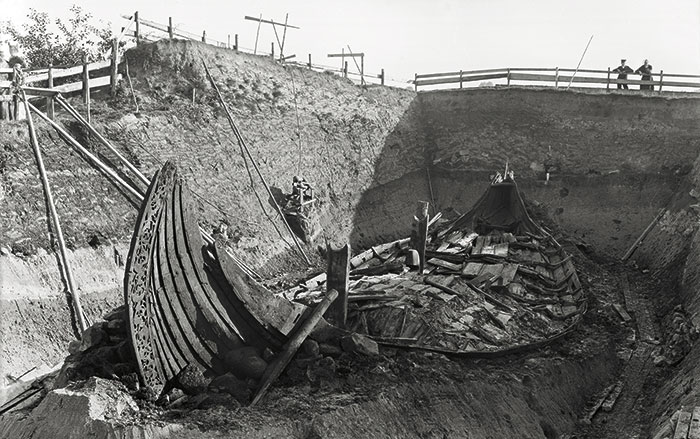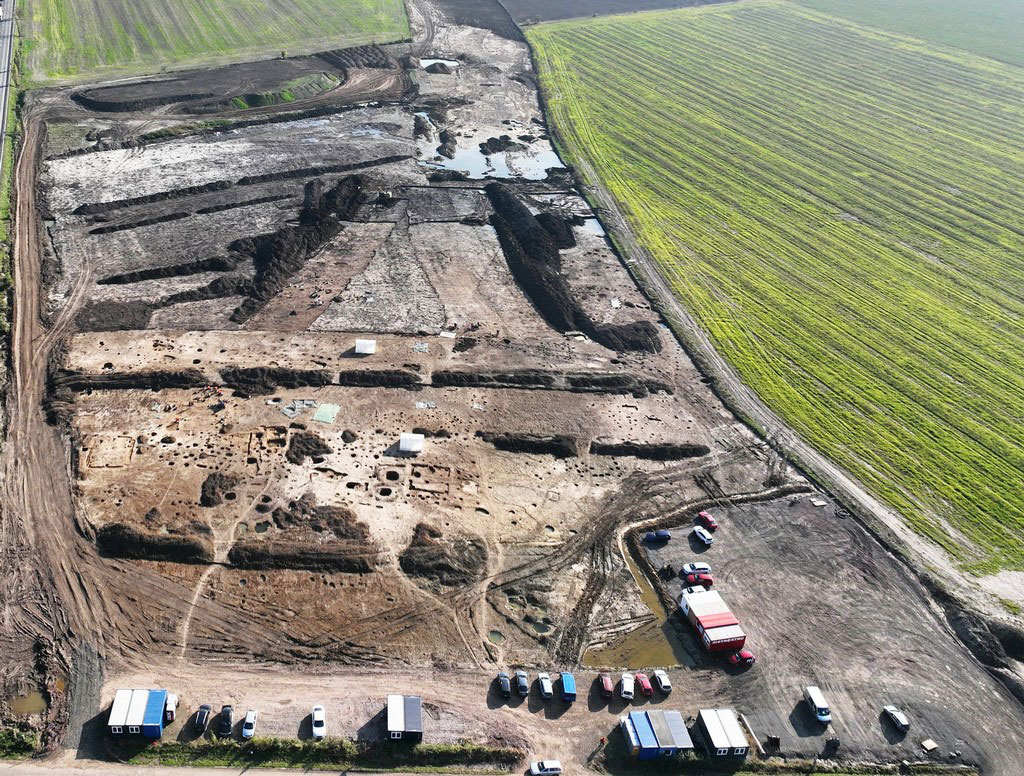
HRADEC KRÁLOVÉ, CZECH REPUBLIC—Prior to construction of a highway through eastern Bohemia, archaeologists unearthed a 2,000-year-old Celtic settlement that is being called one of the most significant archaeological discoveries in Czech history, reports Radio Prague International. Located outside of Hradec Králové, the site is spread across 65 acres, making it more than 10 times larger than most sites in the area at the time, and comparable with the largest Celtic sites found in all of central Europe. The settlement was likely built by the Celtic Boii tribe, from which the name Bohemia derives, and was a major regional center of commerce, production, and administration beginning in the third century b.c. Over 13,000 bags of artifacts were recovered, and archaeologists have identified evidence of pottery manufacturing, glass processing, and coin minting. The presence of Baltic amber, large quantities of gold and silver coins, and high-quality ceramics has led experts to believe that the site was likely a stop on the famous Amber Road, a major trade and communication route connecting the Baltic and Mediterranean Seas. For unknown reasons, the settlement declined in the first century b.c., perhaps due to changing economic or environmental conditions, since there are no signs of its violent destruction. To read about Celtic gold coins uncovered in northeastern Germany, go to "Golden Lucky Charms."
